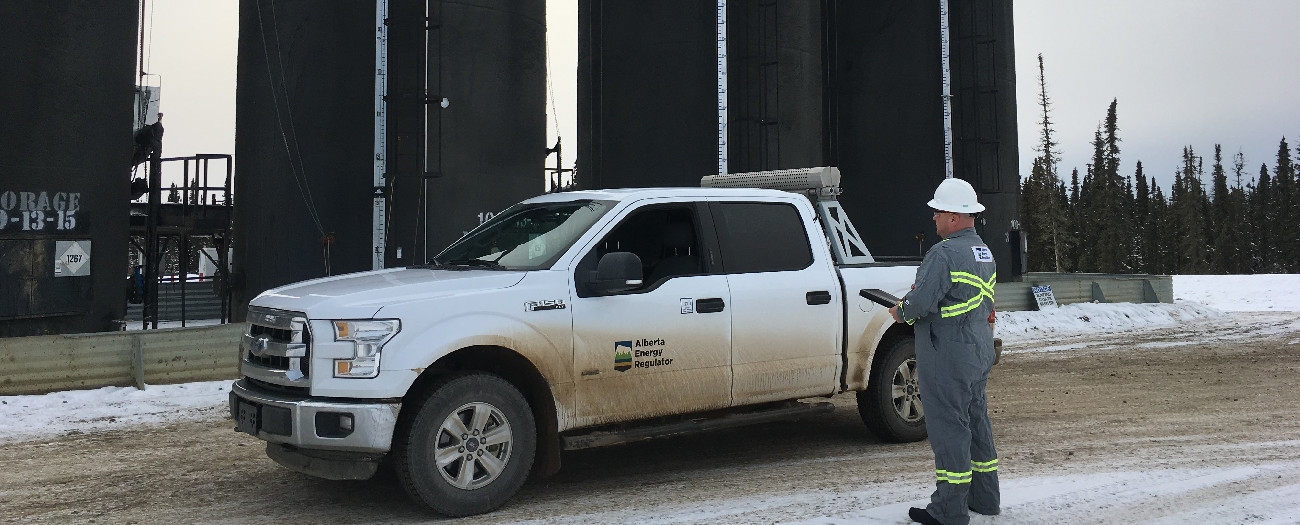How advancing technology makes monitoring methane more effective for the AER
Alberta - December 10, 2017The Alberta Energy Regulator (AER) is typically not in the business of cool, but when you take a closer look at what we use to do our job a different kind of story emerges; one of the gizmos and gadgets that could make even the tech-savviest do a double take.
While definitely cool, the technologies we use play a critical role in helping us protect Albertans.
While innovation in the oil and gas industry is contributing to increased efficiencies and environmental performance, the same kinds of technological advancements are helping the AER more closely monitor oil and gas activities and are making our systems more accurate and effective.
“Technology isn’t advancing just for the sake of itself. The better we are at monitoring activity, the better we are at preventing incidents,” says Al Duben, air specialist, surveillance & enforcement with AER. “Equally as important, with better monitoring technology we are more prepared to better manage incidents if they occur.”
Laser Tag
When you think about finger printing you likely don’t think about toxic gases. However, that’s exactly how the AER’s latest air monitoring device works – it identifies gas by running infrared light through the air with finger-print accuracy.
The Laser Gas Detector (LGD) is the only one of its kind in Canada. It’s used to measure methane, which is odourless and very difficult to detect.
Similar in look to a light bar on top of a police car, it’s light-weight and portable. It can read 3 samples per second and constantly take readings as it travels through the air.
“Methane is important because when it’s detected there’s a very high chance that a lot more is going on in the situation and we’ve just scratched the surface of toxins,” says Blair Reilly, manager, emergency management at the AER.
The LGD allows the AER greater precision when targeting specific locations for investigation. Previously we relied on complaints from the public about general areas of concern, but now we have data as proof for where we need to focus our efforts.
Kate Bowering, Writer


